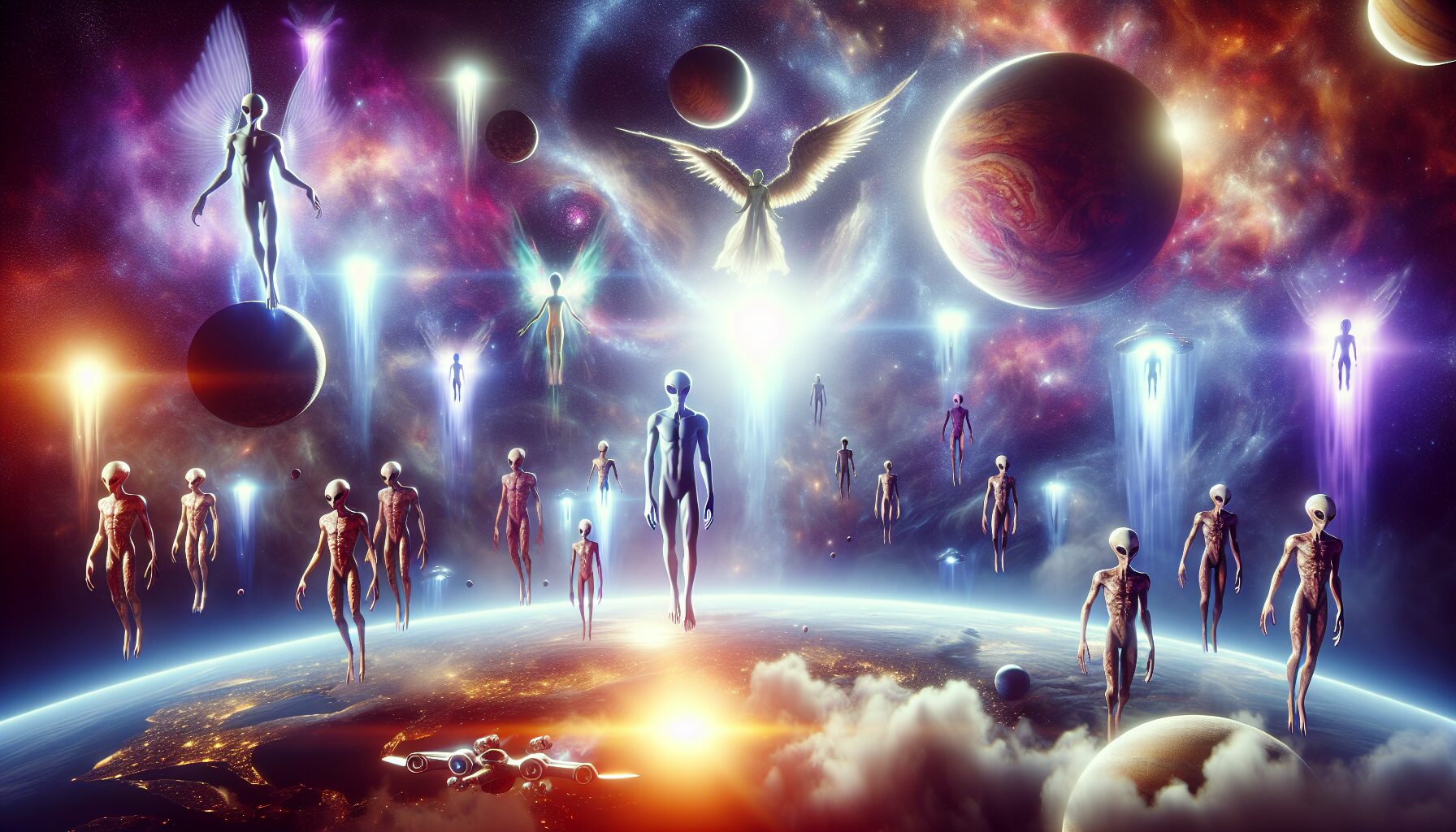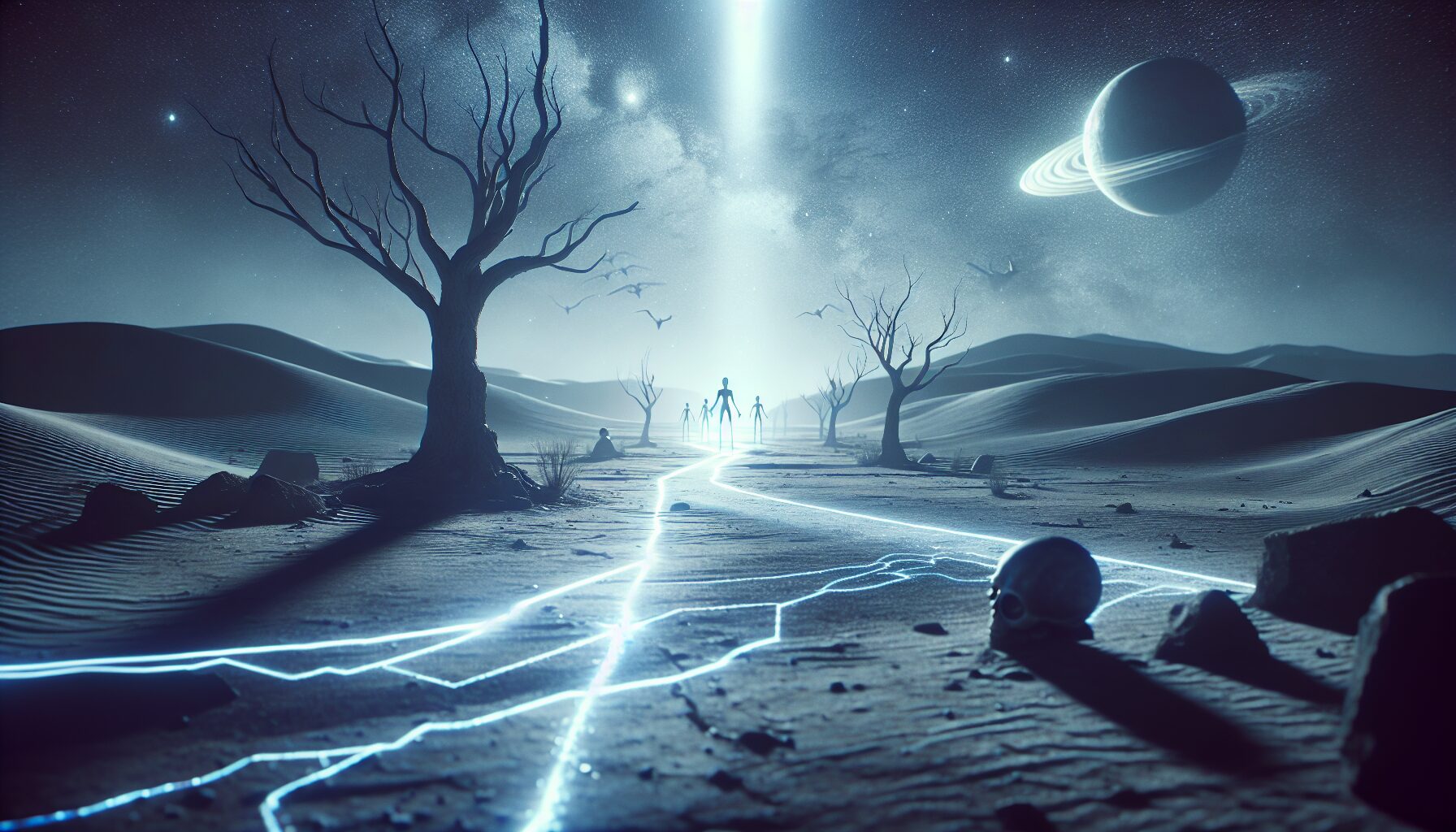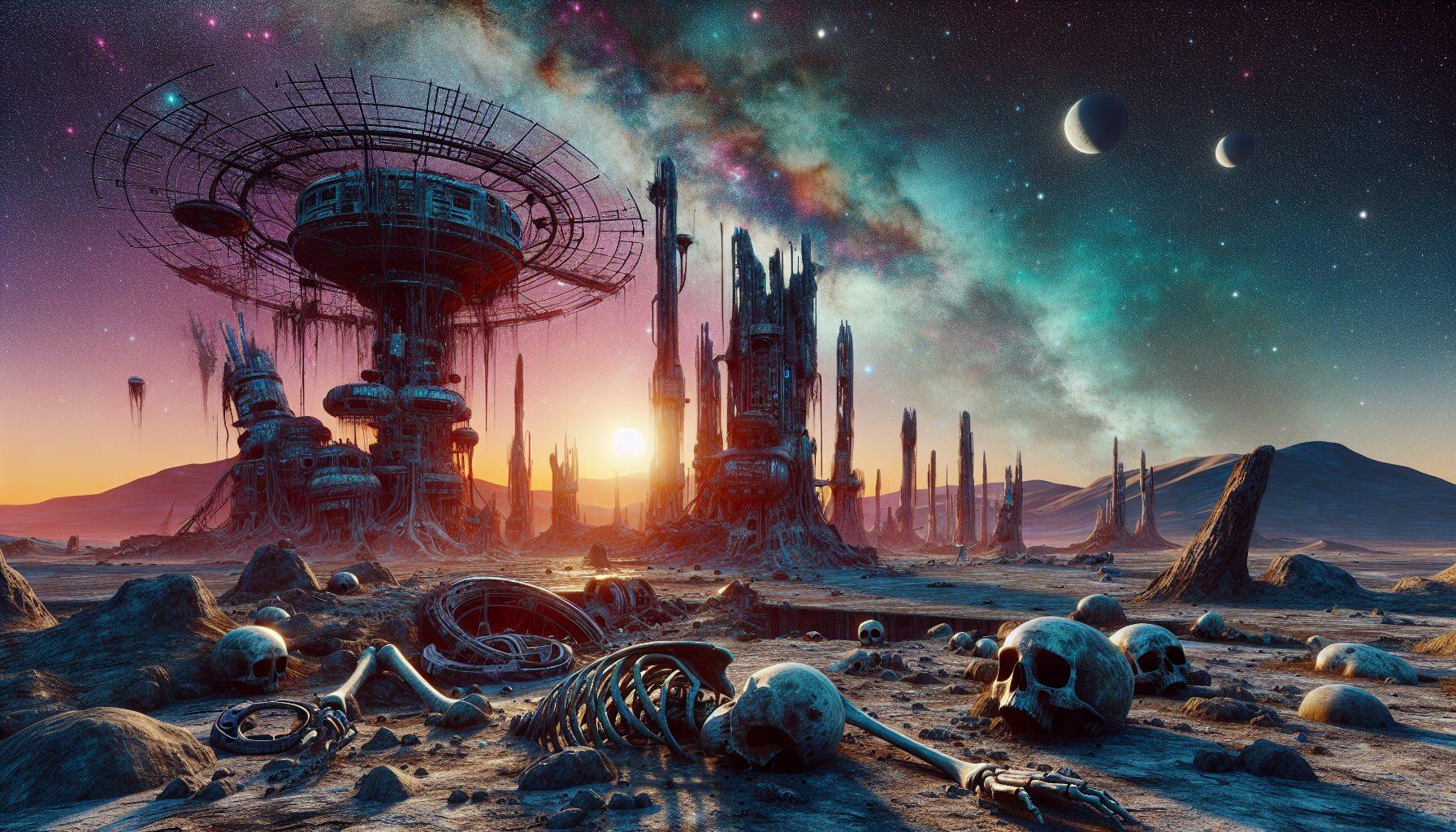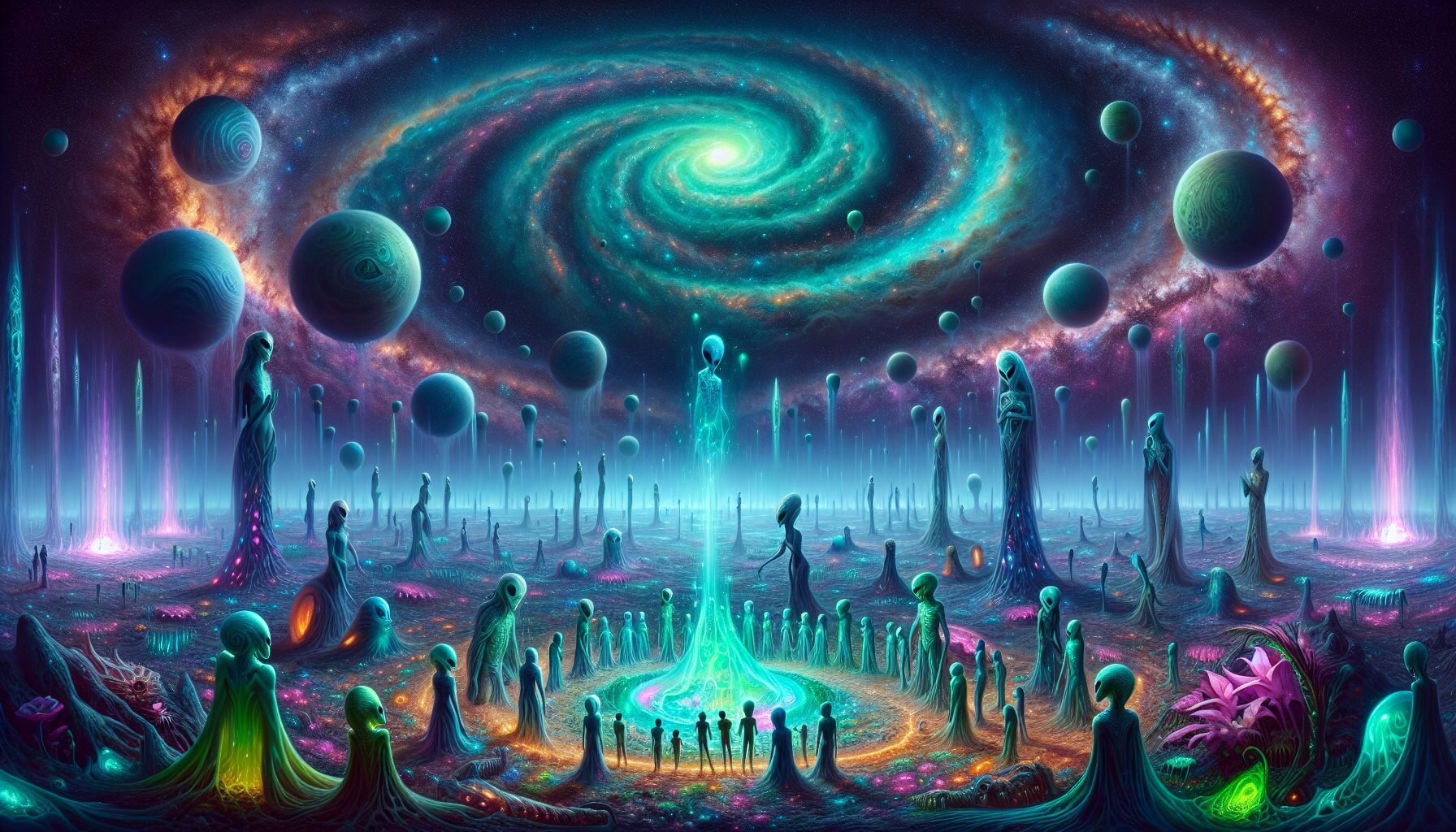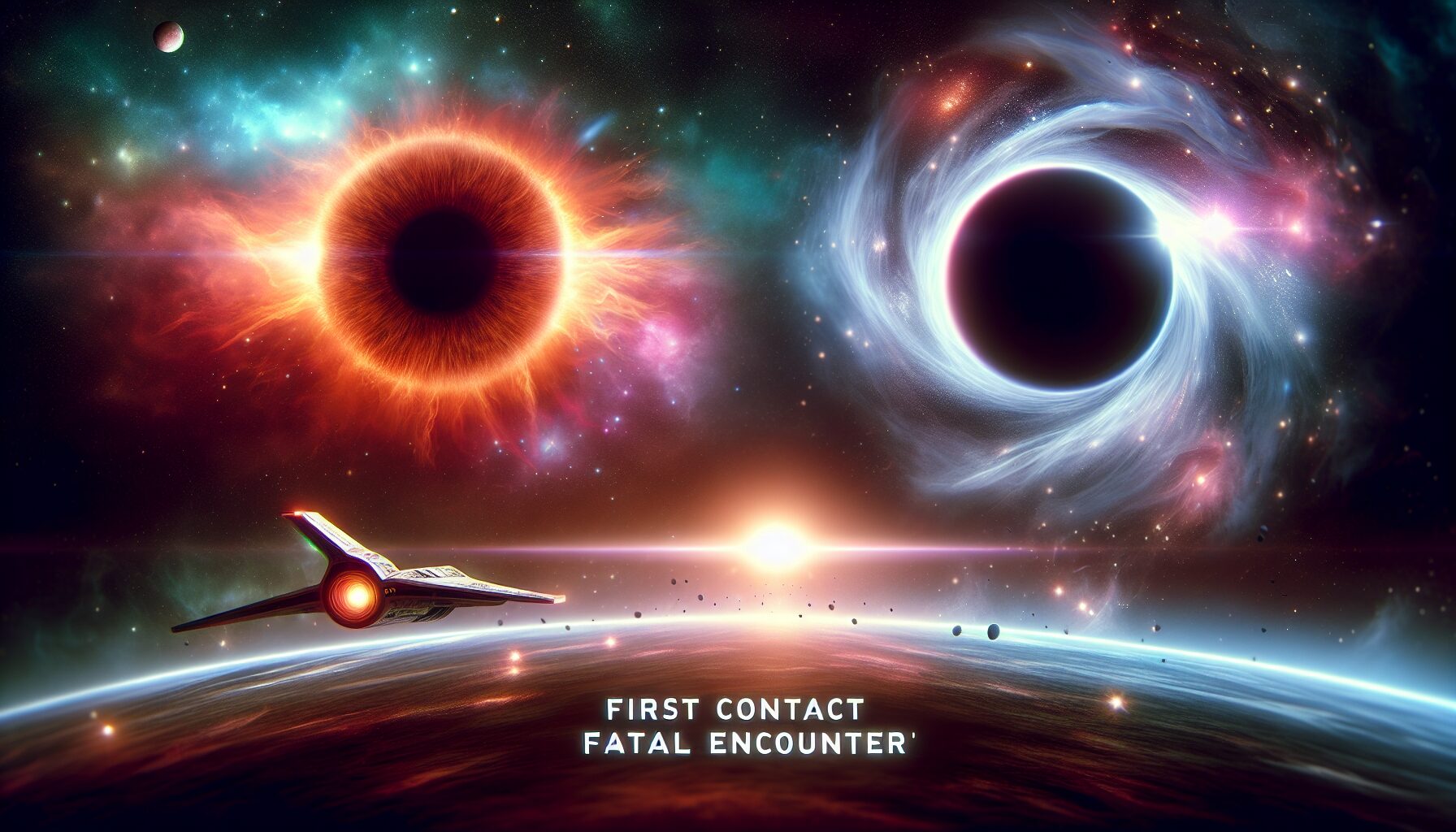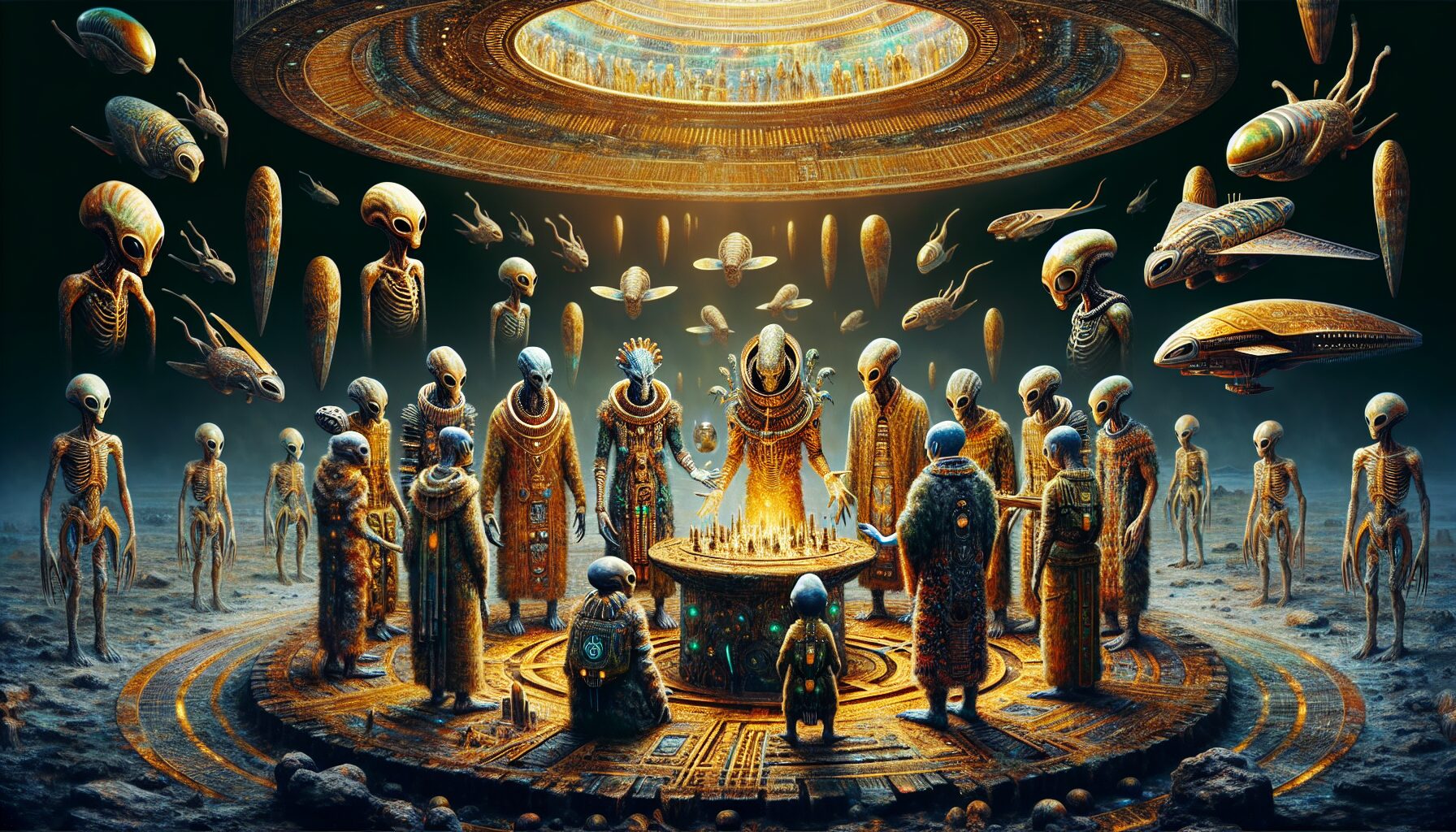The search for extraterrestrial life has captivated human imagination for centuries. Among the plethora of theories attempting to answer why we have not encountered any signs of alien civilizations, the Dark Forest Theory offers a particularly sobering perspective. It postulates that intelligent life in the universe avoids contact with others out of a fear of existential threat, leading to a universe that resembles a dark forest where survival depends on remaining undetected.
Understanding the Dark Forest Theory
The Dark Forest Theory gains its foundation from the science fiction novel The Dark Forest by Chinese author Liu Cixin. It is the second book in his renowned trilogy, The Three-Body Problem, which has gained international acclaim for its intricate exploration of the Fermi Paradox.
The theory suggests that the universe is akin to a dark forest where predators (advanced civilizations) lurk. Each civilization is like a silent hunter, wary of making noise for fear of revealing their position to other potentially hostile creatures. The theory emerges from the following premises:
- Existential Risk: Intelligent civilizations inherently face existential threats from other civilizations.
- Lack of Trust: Given the vast distances and differing evolutionary paths, there exists a profound lack of trust among civilizations.
- Survival Strategy: As a defensive strategy, civilizations opt to remain hidden to ensure their survival.
The Cosmic Perspective
Astrophysicists and theorists have long debated the Fermi Paradox, which questions why, given the vast number of stars and potentially habitable planets, we have not detected any signs of extraterrestrial life. The Dark Forest Theory offers a potential solution: perhaps other civilizations choose to remain silent to avoid detection.
As the prominent astrophysicist Neil DeGrasse Tyson mentioned in an interview with Space.com, “The realization that we might be huddled in a dark forest where survival depends on not making any noise gives new gravity to the Drake Equation and our search for life.”
Survival Through Anonymity
In a dark forest, the safest path is often one of anonymity. A civilization aware of other potential threats would likely avoid transmitting their presence through radio signals or other detectable forms of communication. This leads to a deafening silence across the cosmos as every civilization becomes preoccupied with its survival.
This notion is supported by various experts, including astrophysicist David Kipping. In a Scientific American article, Kipping highlights, “If survival depends on remaining undetected, then shouting our existence into the void becomes an act both reckless and foolhardy.”
The Civilizational Game Theory
Game theory provides insights into the kinds of decisions civilizations might make. In a scenario where two players are unaware of each other’s intentions, mutual suspicion can lead to both opting for silence. This mirrors the prisoner’s dilemma but applied on a cosmic scale.
If a civilization assumes others are hostile until proven otherwise, caution dictates they maintain radio silence. The cost of revealing themselves could mean annihilation should they encounter an especially aggressive civilization.
Counterarguments and Criticisms
While the Dark Forest Theory is compelling, it is not without detractors. Critics argue that such a perspective underestimates the potential for peaceful co-existence built upon communication and diplomacy.
“To presume that all life will inherently seek to annihilate external threats fails to account for the possibility of cooperation and mutual benefit among civilizations,” notes noted cosmologist Lisa Kaltenegger in a recent Nature article.
Additionally, some posit that the theory’s pessimistic outlook is a product of human projection, reflecting our own historical conflicts rather than an objective extrapolation of potential extraterrestrial motives.
The Future of Cosmic Communication
Given the implications of the Dark Forest Theory, humanity’s approach to searching for extraterrestrial intelligence (SETI) is fraught with ethical and existential dilemmas.
- Active SETI: Some scientists advocate for active SETI, where we don’t just listen for signs of life but also broadcast signals to make contact. Yet, knowing the risks outlined by the Dark Forest Theory, should we expose our existence?
- Steering Galactic Policy: As we venture deeper into space exploration, discussions on establishing a unified policy on extraterrestrial communication gain urgency. These discussions must balance curiosity with caution.
- Technological Advancements: As communication technologies evolve, so too will our abilities to hide or reveal our presence to the cosmos.
Ultimately, the Dark Forest Theory urges us to ponder our cosmic solitude in new, unsettling ways. It challenges our perception of the universe not as a celestial community, but rather as a vast expanse filled with potential dangers.
Conclusion
In conclusion, the Dark Forest Theory provides a poignant narrative about the possible behaviors of alien civilizations, warning us about the perils of carelessness in cosmic communication. Whether it accurately reflects the universe remains to be seen, but it undeniably enriches our understanding of the complex dynamics at play.
As humanity stands at the threshold of deeper space exploration, we are compelled to reflect on our role within this silent, shadowy expanse. The key question remains: Will we choose to break the silence of the forest, or will we maintain our anonymity, ever aware of the potential dangers looming in the dark?

